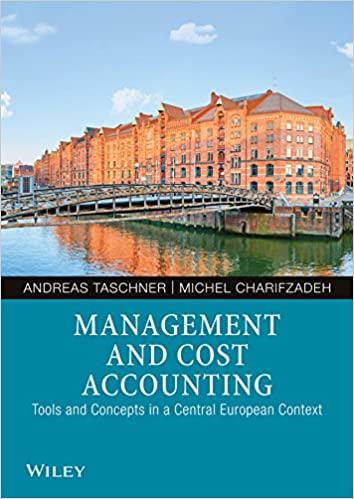





Estimating Cost of Debt Capital Assume the December 31, 2010, partial financial statements taken from the annual report for AT&T (T) follow. Consolidated Statements of Income Dollars in millions 2010 Operating revenues $ Wireless service Voice 53,510 28,315 27,479 Data 2010 Dollars in millions Operating revenues $ Wireless service 53,510 Voice 28,315 Data 27,479 3,935 11,041 124,280 52,263 33,065 19,379 104,707 19,573 Directory Other Total operating revenues Operating expenses Cost of services and sales Selling, general and administrative Depreciation and amortization Total operating expenses Operating income Other income (expense) Interest expense Equity in net income of affiliates Other income, net Total other income (expense) Income from continuing operations before income taxes Income tax (benefit) expense Income from continuing operations Income from discontinued operations, net of tax (3,494) 762 897 (1,835) 17,738 (1,512) 19,250 929 $ Net income 20,179 Consolidated Balance Sheets -- Liabilities and Equity Sections Dollars in millions except per share amounts, December 31 2010 2009 Current liabilities $5,196 $5,361 22,055 23,260 4,086 4,170 72 1,681 2,542 2,479 33,951 36,951 58,971 64,720 Debt maturing within one year Accounts payable and accrued liabilities Advanced billed and customer deposits Accrued taxes Dividends payable Total current liabilities Long-term debt Deferred credits and other noncurrent liabilities Deferred income taxes Postemployment benefit obligation Other noncurrent liabilities Total deferred credits and other noncurrent liabilities Stockholders' equity Common stock ($1 par value, 14,000,000,000 authorized at December 31, 2010 and 2009; issued 6,495,231,088 atDecember 31, 2010 and 2009) Additional paid-in capital Retained earnings Treasury stock (584,144,220 at December 31, 2010 and593,300,187 at December 31, 2009, at cost) Accumulated other comprehensive income Noncontrolling interest Total stockholders' equity 22,070 23,579 28,803 27,847 12,743 13,226 63,616 64,652 6,495 6,495 91,731 91,707 31,792 21,944 (21,083) (21,260) 2,712 2,678 303 425 111,950 101,989 $ $ 268,488 268,312 Total liabilities and stockholders' equity Consolidated Statements of Stockholders' Equity -- Excerpts 2010 Amount in millions except per share amounts, December 31 Shares Amounts Common Stock Balance at beginning of year 6,495 $ 6,495 Issuance of shares Balance at end of year 6,495 $ 6,495 Treasury Shares Balance at beginning of year (593) $ (21,260) Purchase of shares Issuance of shares 9 177 (584) (21,083) Balance at end of year Retained Earnings Balance at beginning of year Net income ($3.35 per share) Dividends to stockholders ($1,69 per share) $ 21,944 19,864 (9,985) (31) $ 31,792 Other Balance at end of year (a) How much interest expense did AT&T incur during 2010? $ 3,494 million (b) What is the book value of AT&T's interest-bearing debt at the end of 2010? $ 66,167 X million At the beginning of 2010? $ 72,081 x million Average debt for 2010? $ 69,124 X million (c) Estimate AT&T's 2010 pretax cost of debt capital. (Round your answer to one decimal place.) 4.3 X % (d) Estimate AT&T's 2010 effective (that is, average) tax rate from information in its income statement. (Round your answer to one decimal place.) (6.37) X % (e) Using your rounded answer from (c) above, estimate AT&T's 2010 after-tax cost of debt capital. The company's statutory tax rate is: 35% (Round your answer to one decimal place.) 10 X % Why is appropriate to use the company's statutory rate for computing its cost of debt capital? Choose all that apply The effective rate should always be used. no no We should actually use an average rate using the statutory rate and the effective rate. Yes - Using the effective rate in this case would inflate the true cost of borrowing. yes - The statutory rate should be used because interest expense is deductible for tax purposes and therefore the after-tax cost of debt should be lower than the pretax cost. Check












